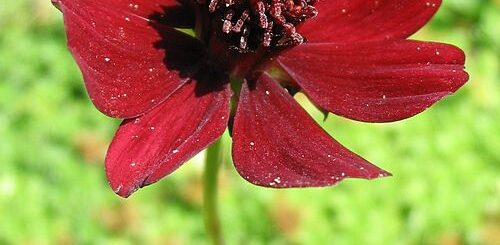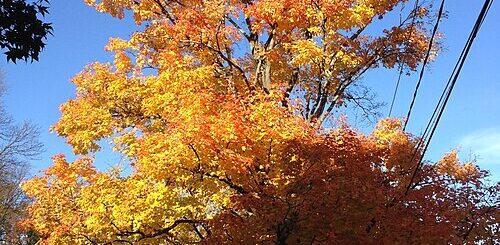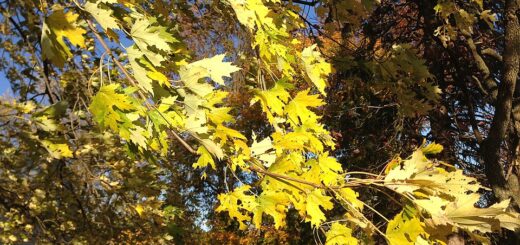Eastern White Pine – The Gentle Giant of the Forest

Walk through a northeastern forest in the U.S. or parts of southeastern Canada, and chances are you’ll meet one of the most iconic trees of the region, the Eastern White Pine (Pinus strobus). Towering high above its woodland neighbors with a quiet majesty, this tree isn’t just another pretty conifer. It’s a living monument to history, ecology, and craftsmanship.
A Tree with a Past
Eastern White Pine isn’t new to the stage. This tree has been around for centuries, and its historical significance is immense. In colonial times, it was prized by the British Navy, which used the tallest, straightest specimens as masts for their ships. In fact, the best of these were once marked with the “King’s Broad Arrow,” a royal claim that sparked no small amount of resentment among colonists, a lesser-known but fascinating prelude to the American Revolution.
The Look of a Legend
If you’ve ever seen a pine that looks like it’s been sketched into a Bob Ross painting, it might just be an Eastern White Pine. They can grow up to 230 feet tall (and historically, even taller), with long, soft needles that come in bundles of five, a handy mnemonic: W-H-I-T-E for the five letters in the word. Their bark starts smooth and green-gray when young but becomes deeply furrowed and rugged with age.
And those long horizontal branches that layer like tiers of a wedding cake? Pure elegance.
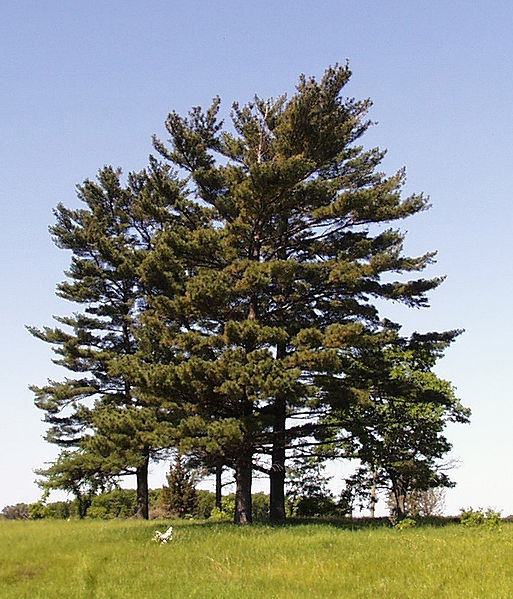
Eastern White Pine trees, Sherburne NWR, Minnesota. – Creative Commons | Author: US FWS – Source: https://commons.wikimedia.org/wiki/File:Pinus_strobus_trees.jpg
Ecological All-Star
Beyond their beauty, these pines play a crucial role in the forest ecosystem. Birds like chickadees, nuthatches, and crossbills love to nest among their needles, and squirrels feast on their seeds. Plus, as fast-growing trees, Eastern White Pines are excellent carbon sinks, quietly helping to mitigate climate change.
They also act as pioneer species, meaning they’re among the first to repopulate areas that have been cleared or disturbed. Give them time, and they’ll turn a bare patch of land into a lush, shady grove.

A mature seed cone that has opened and released its seeds – Creative Commons | Author: Keith Kanoti, Maine Forest Service, USA – Source: https://commons.wikimedia.org/wiki/File:Pinus_strobus_Cone.jpg
The Woodworker’s Friend
Ask a woodworker or carpenter about Eastern White Pine, and you’ll probably get a smile. The wood is lightweight, easy to shape, and holds paint well, which made it a favorite for colonial-era furniture, paneling, and homes. Today, it’s still widely used in cabinetry, doors, and even musical instruments. Its straight grain and fine texture make it a dream to work with, whether you’re hand-carving or running it through a planer.
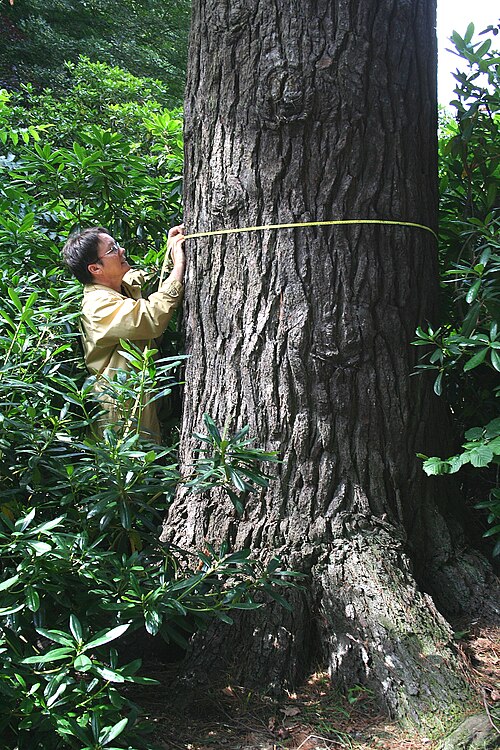
Measuring the circumference of an eastern white pine – Creative Commons | Author: Jean-Pol GRANDMONT – Source: https://commons.wikimedia.org/wiki/File:Pinus_strobus_JPG1b.jpg
Growing Your Own
Interested in planting one? Eastern White Pines are pretty low-maintenance once established. They prefer full sun and well-drained soil, and they can grow over two feet per year in ideal conditions. Just be mindful, they get big. You’ll want to give them plenty of room to stretch out, both upward and outward.
And one more tip: they’re susceptible to white pine blister rust, especially if nearby plants like currants and gooseberries are around (which act as alternate hosts for the fungus). Keep an eye out and manage your landscape accordingly.
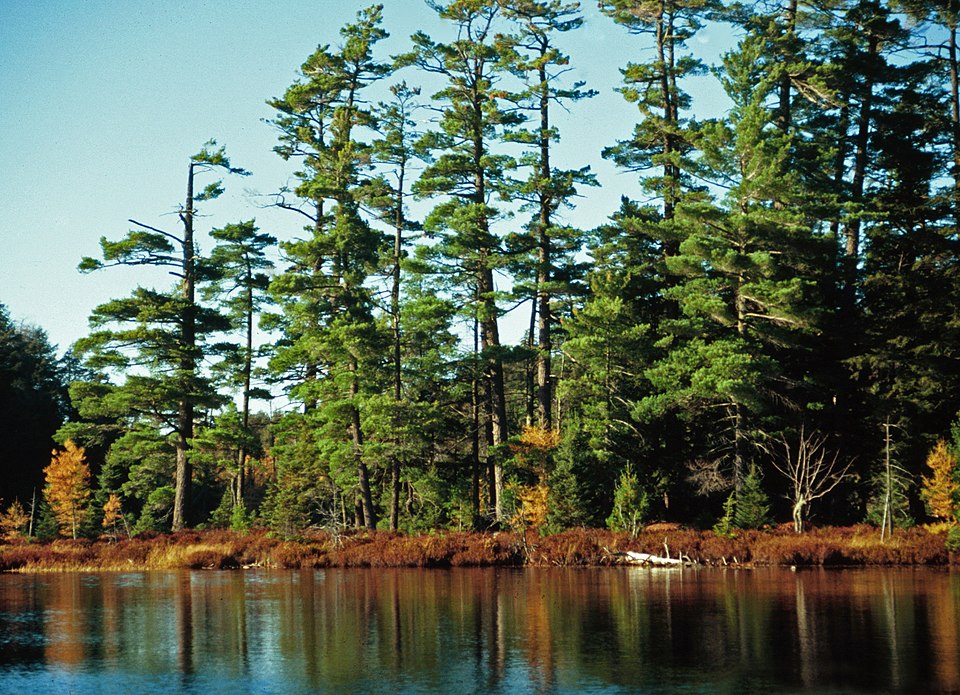
Eastern white pine, Katherine Lake. Ottawa National Forest, Sylvania Wilderness, Michigan – Joseph O’Brien, USDA Forest Service – Source: https://commons.wikimedia.org/wiki/File:Pinus_strobus_Syvania.jpg
Eastern White Pine isn’t just a tree
It’s a storyteller. It whispers tales of colonial masts, silent winters, and generations of wildlife that have found shelter beneath its boughs. Whether you’re admiring one in the wild, milling its wood in a workshop, or planting one in your backyard, you’re participating in a tradition that spans centuries.
So next time you see those tall, feathery silhouettes swaying in the breeze, give a nod to the gentle giant. The forest wouldn’t be the same without it.
References:
https://en.wikipedia.org/wiki/Pinus_strobus

